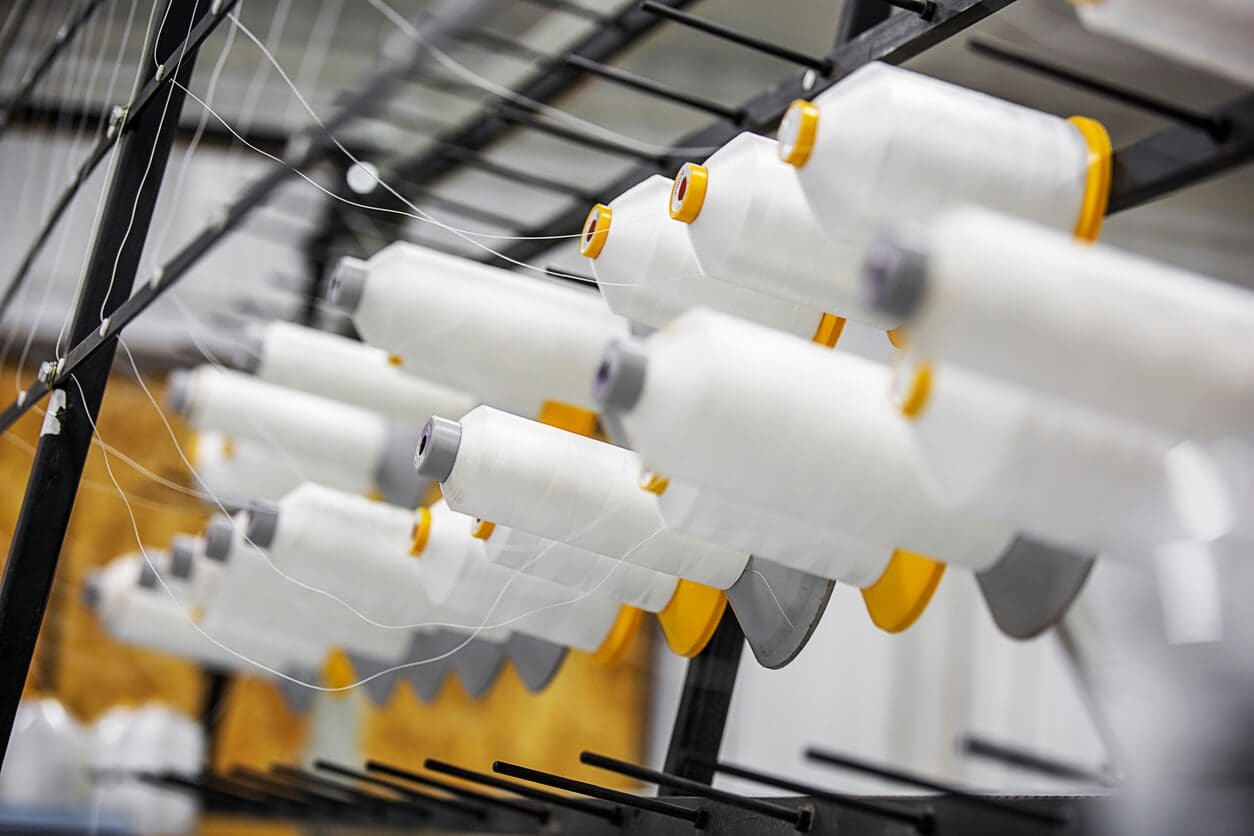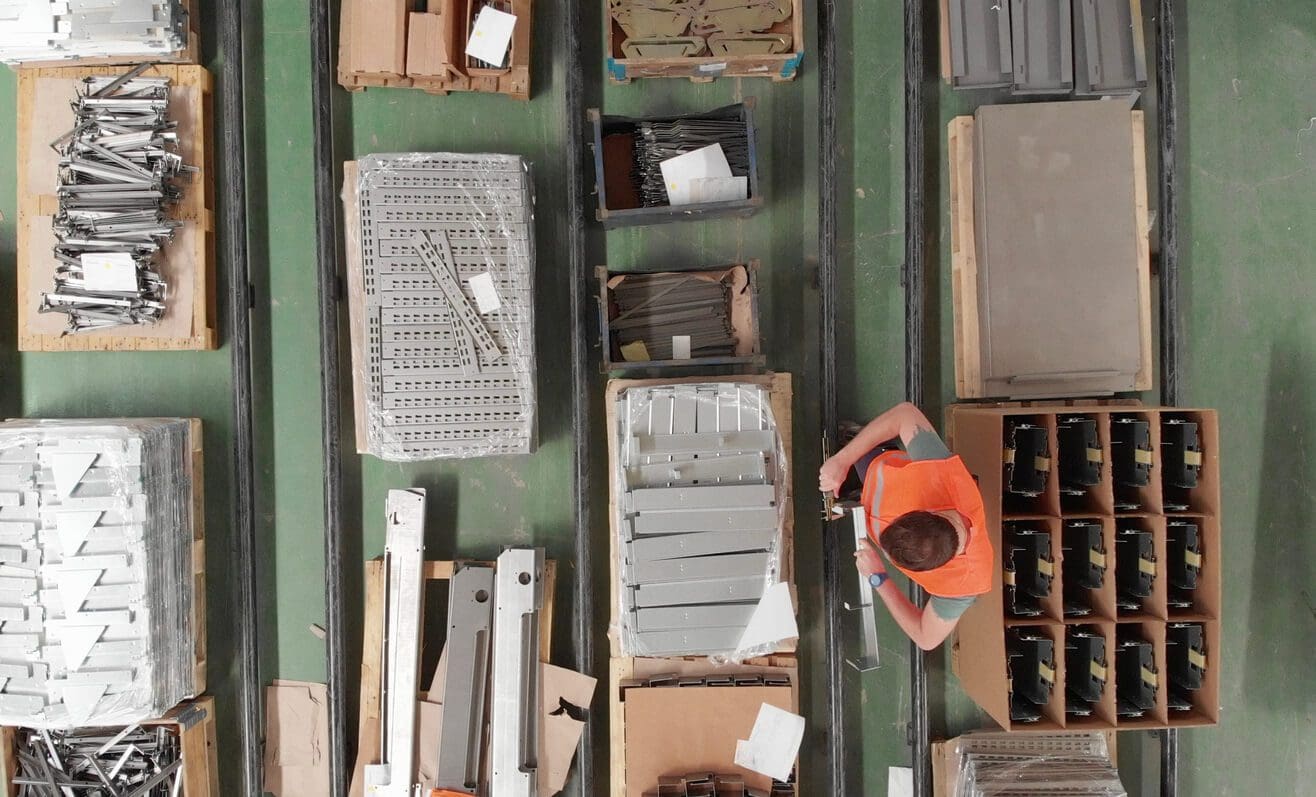Avoid being surprised by poorly manufactured goods. Start with a product specification sheet.
Supply chain management can be a tricky thing to master and it can be hard to slow down and reconfigure it when you’re trying to ramp up. That being said, we’ve seen way too many brands get burned by manufacturers because they didn’t bother outline exactly (and we mean exactly) what they were purchasing with a product specification sheet when they submitted an order.
Take this horror story we heard and won’t soon forget: An entrepreneur found a great factory in China to manufacture his product at an incredible price point — 50% better than any other factory. He jumped on the deal and initiated production right away. When production finished, he requested pictures and the products looked great. Unfortunately for him, when the products arrived (ceramic plates), he discovered the manufacturer had produced the plates in centimeters instead of inches. He then had an entire container load of unusable products. It was a great price though…
In another example, a business ordered products and was extremely happy with the high quality of the pre-production samples. They later learned (much to their dismay) that the factory had used leftover materials for the pre-production sample and bought much cheaper materials for the main production run.
This is why we say to specify exactly what you need.
Do you really need a spec sheet?
In cases where a business does not get a product specification sheet signed by the factory prior to placing an order, they leave themselves open to the possibility of significant production mishaps. In the most generous interpretation, these are honest miscommunications. A more sinister interpretation is that profit-driven manufacturers will improve their margins wherever they can.
Spending the time to create a product specification sheet has many benefits:
- You can easily source quotes from other manufacturers when your product specs are clearly laid out.
- You can understand where the costs are coming from in your product and either improve specific components or identify places to reduce cost and improve margins.
- Most importantly, you ensure you’ll receive the product you are expecting to receive.
A little time, a big improvement
You know your product better than anyone else, so spend the time making sure everyone else gets it right: Enter the product specification sheet. Depending on the product, the specs you’ll need to identify will vary, but we recommend considering the following:
- Packaging – Materials, weight, printing, text; case size, case count, individual piece dimensions.
- Materials – Quality of steel, quality of leather, type of cloth, grade of plastic, etc.
- Assembly method – CNC, hand stitch, laser cut out, whatever it may be if it is important.
- Components – Zippers, type of chip, type of lens, type of button, brand of component manufacturer.
The above is not an exhaustive list for your product spec sheet, but provides a great launch point and highlights the areas you might overlook clarifying with vendors.
A final word on product specification sheets. In 95% of cases, it will make no difference whether you have a product spec sheet or not. However, when it does make a difference, it can make a huge difference. Often it happens at the most inconvenient time: Right when you’re placing a big order, your manufacturer realizes it can save $0.05 by switching to a cheaper and nearly identical component without understanding how badly that can affect your product and brand. The time you spend building a spec sheet sets your business up for long-term success.
Share with us any other tips or best practices you’ve found with spec sheets.








